What does a park ranger actually do? A lot more than you know.
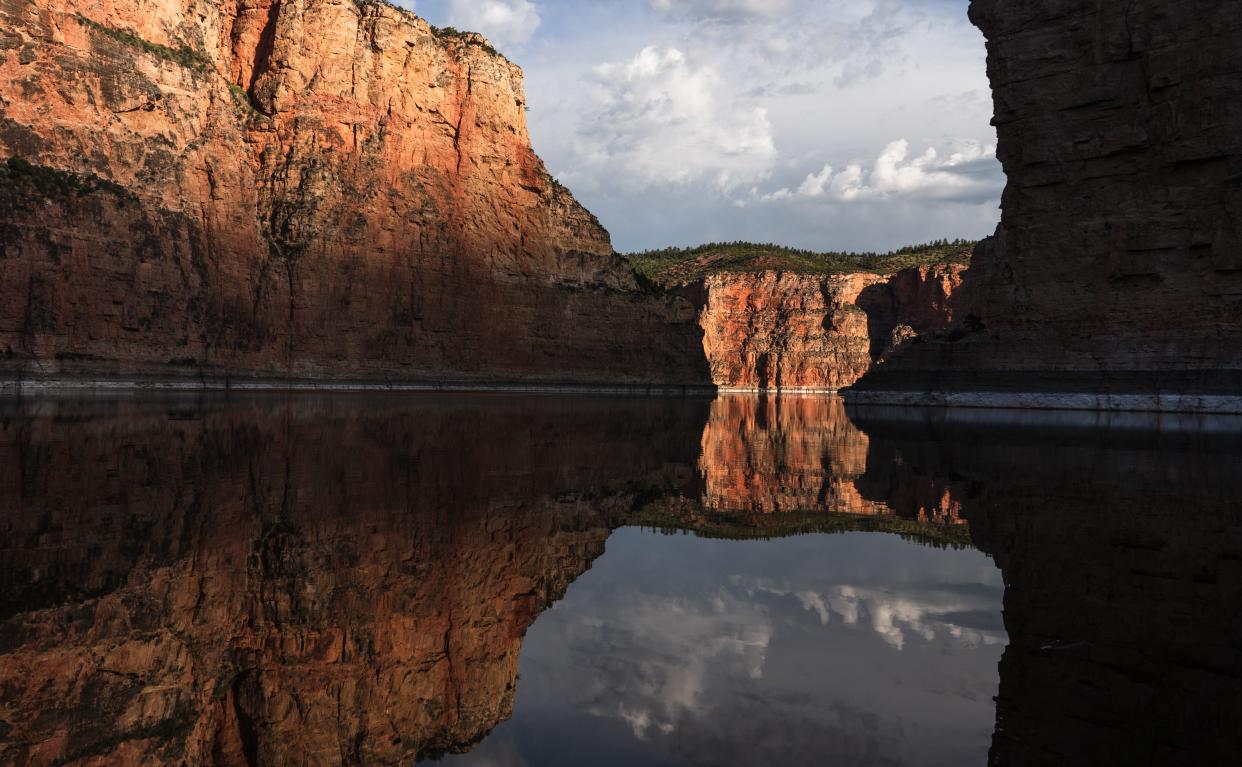
Josh Scheffler never knows what the day will bring at Bighorn Canyon National Recreation Area.
"You could be doing plumbing one day and working with horses the next, building a structure the next," he said. "When it's a small park, you're kind of all helping each other out."
As one of 32 permanent or career seasonal employees at the more than 120,000-acre National Park Service site straddling Montana and Wyoming, he wears a lot of hats: integrated resources technician, collateral duty safety officer, Youth Conservation Corps coordinator and resources fleet manager.
Above all, he's a park ranger.
One of the most common questions people ask Google about National Park Service rangers is: What does a park ranger actually do? A glimpse at Scheffler's day-to-day life makes it clear: a lot.
WOMEN OF NATIONAL PARKS: Growing up, national park leaders didn't look like her. So she became one.
HER FAMILY COULDN'T TALK ABOUT IT: Now she educates others about this dark point in US history
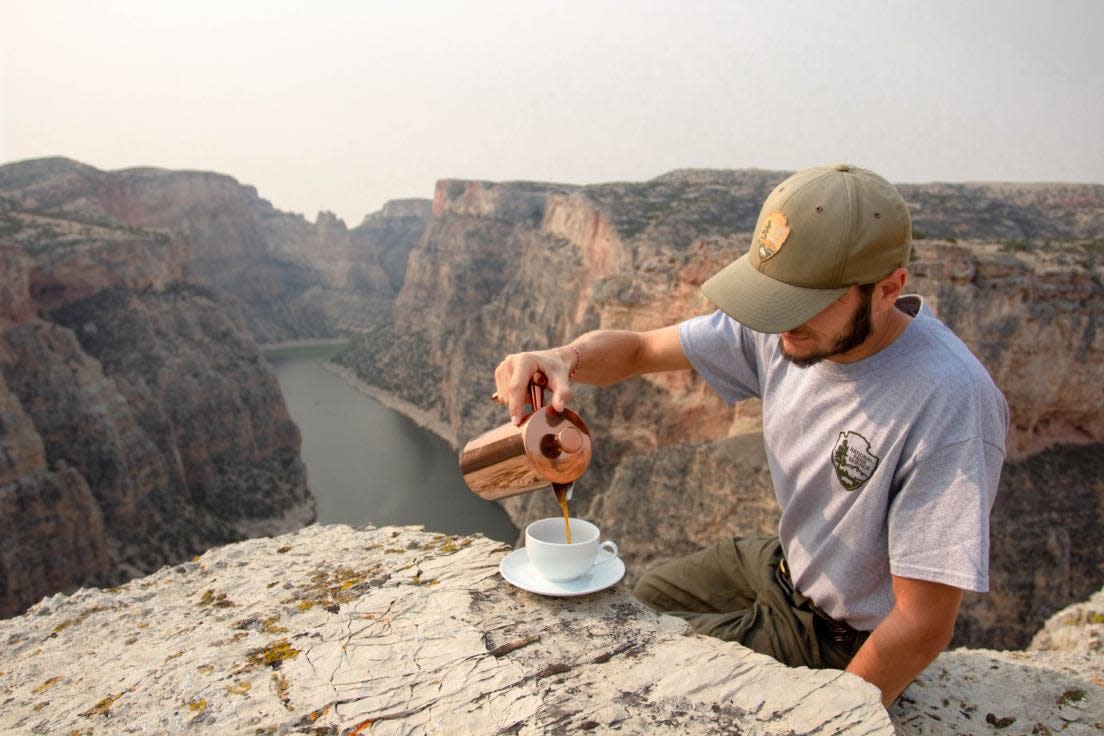
Scheffler doesn't do any of it, however, before having a good cup of coffee.
"I used to wake up five minutes before work, rush out of bed, throw everything on and get to work," he said. "And then I was always pretty grumpy."
He says waking up at 4:45 a.m. and easing into the day with a cappuccino helps make him "more pleasing to be around." Born and raised in the area, he has his own place in Lovell, Wyoming, about a mile away from the site's visitor center, but there is park housing available for seasonal employees.
Story continues below.
Scheffler clocks in at 6 a.m, working 10-hour days Monday through Thursday, with three-day weekends.
Each week kicks off with a staff meeting, where he and his colleagues take turns talking about their plans for the week and where they physically plan to be in the park.
"There's not good (cell) service out in the Bighorn Canyon and so sometimes communication is really tough," he said.
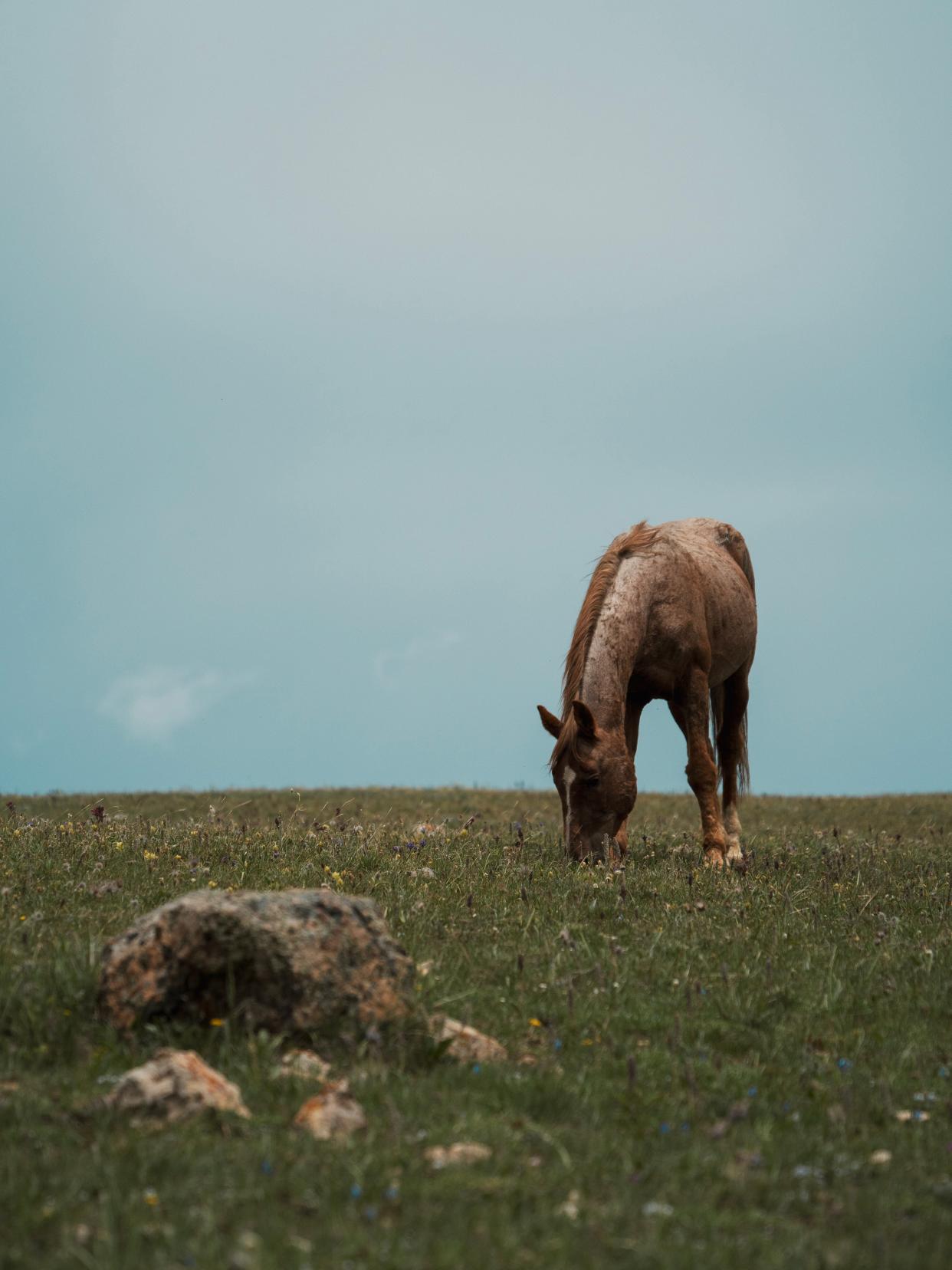
Many times they'll pair up for safety to tackle their duties,which range from checking for invasive mussels on boats coming into the lake to repairing windows and roofs on the historic cabins within the property.
Scheffler's duties vary widely depending on the day or time of year.
In the winter, he spends a lot of time in the office performing safety database updates, coordinating safety checks and trainings, keeping track of fleet vehicle use and writing up proposals for projects years down the line, as well as requesting funding for them. But he definitely gets outside too.
Sometimes, he'll spend a whole day tracking Bighorn Canyon's wild horses.
"We try to monitor see if there's new foals and fillies ... understanding what stallion has what mares and keeping track of all of that," he said. He fills out spreadsheets by hand since there is hardly any wireless service along the horse range.
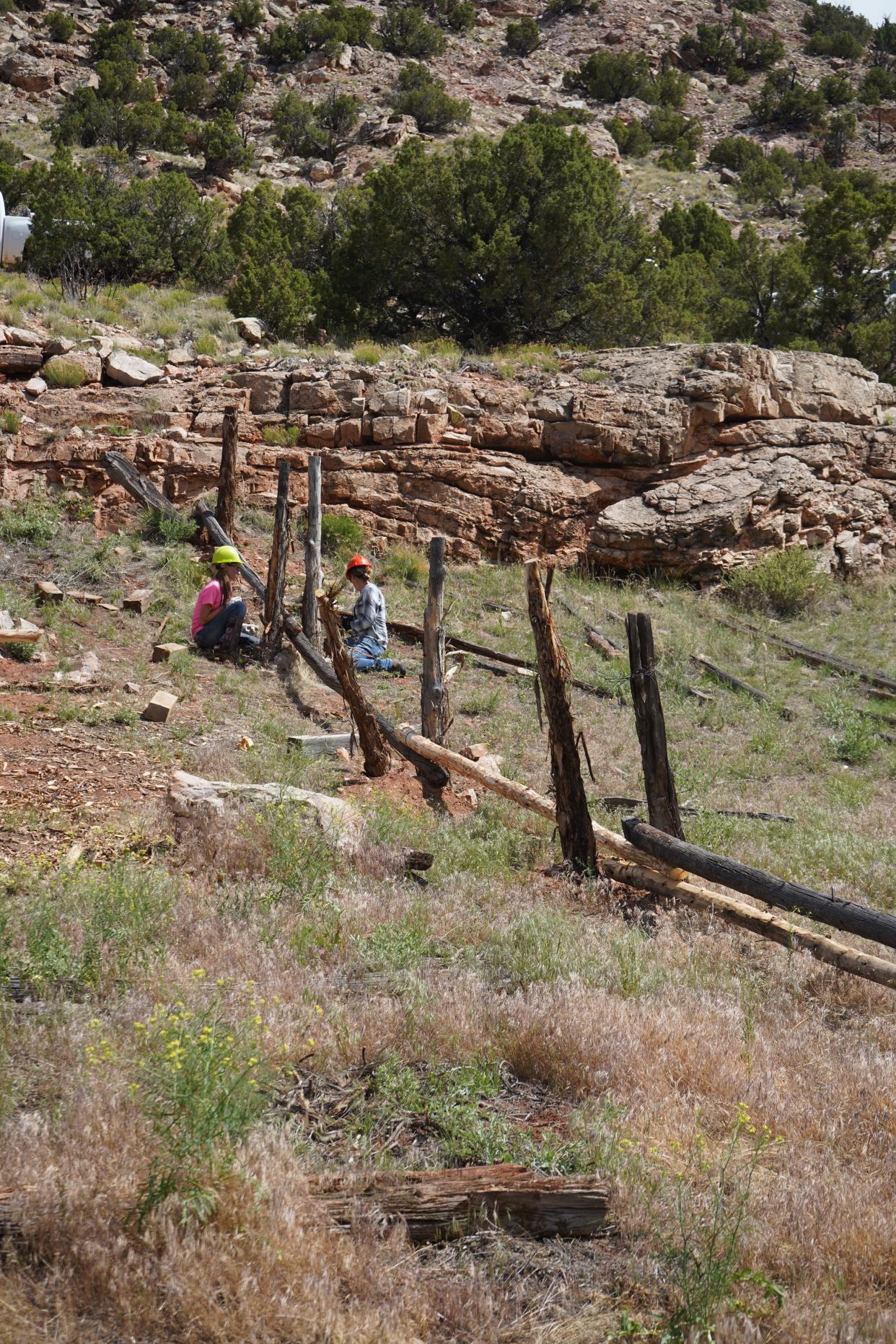
Other days, he'll check on fences around the park property. Local cattle ranchers are allowed to move their cattle through the area. Sometimes fences get damaged along the way. Rangers make sure there's nowhere the wild horses can get out, outside of their natural habitat.
Preservation is at the core of Bighorn Canyon and all 423 National Park Service sites around the country.
Scheffler has learned all sorts of construction skills working on the park's historic buildings, including masonry.
"Luckily for me, I have had bosses and coworkers who are fantastic teachers," he said. "Nearly every skill I have learned has been thanks to the individuals in my park."
He's been able to transfer some of those skills to remodeling his own home, but he tries to change as little as possible about the historic ranches around Bighorn Canyon.
"It's all about maintaining the historical integrity of the building," he said. "If a log is completely rotted out and deteriorated and you can't keep it, we jack up the cabin and keep it in place, pull out the bad log and then replicate that log – the exact parameters – and put in a new one to keep that historical integrity. And then we bring the cabin back down and everything stays where it's at if we did it right."
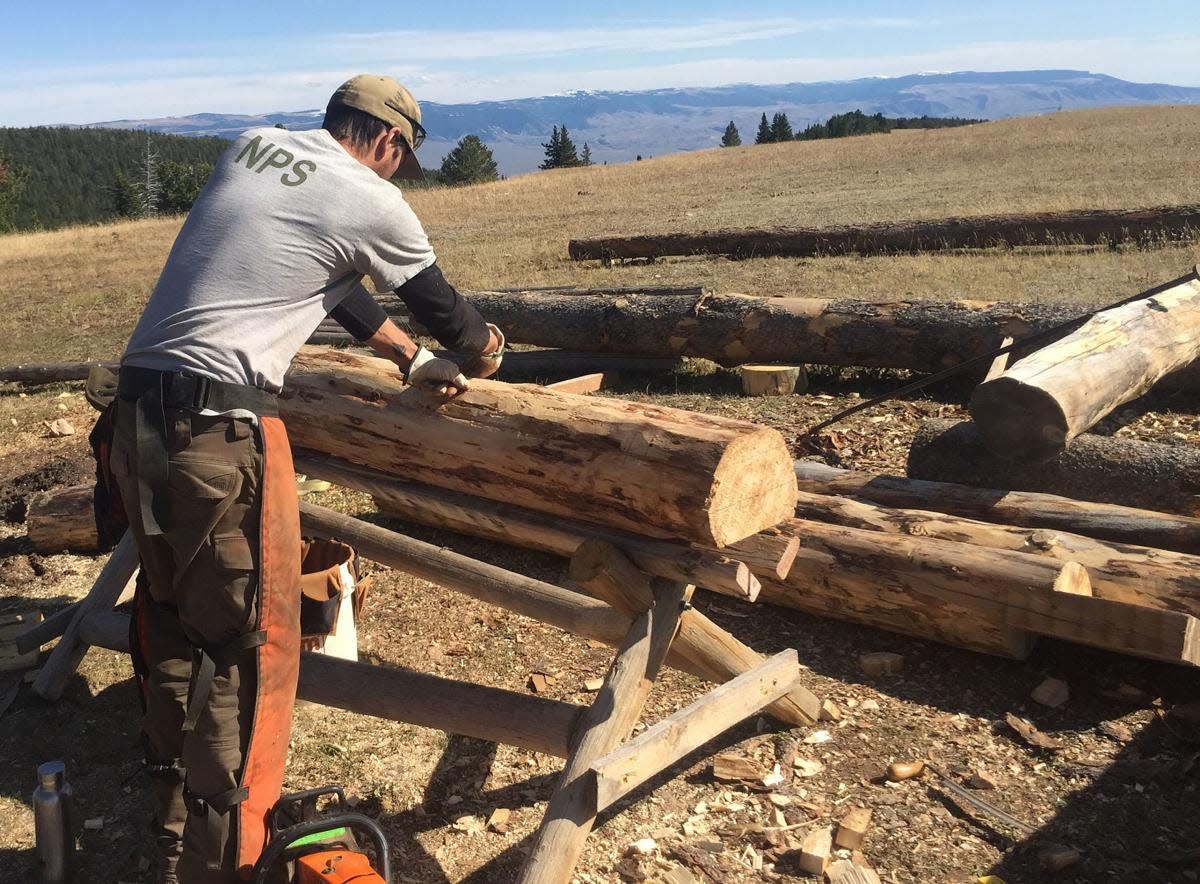
Over the summer, Scheffler leads Bighorn Canyon's Youth Conservation Corps. Park sites across the country host the eight- to 10-week summer work program for teens. This year his group will be brushing back and clearing trails, as well as helping with maintenance, like mowing grass or weed whacking, around historic structures.
"We do that for two reasons," he said. "One, for fire safety, so that if there happens to be a fire, it doesn't just run right into our buildings; there's a little bit of a buffer there. And then also rattlesnakes are an issue out here, so we keep the grass low where the public will be walking so that they can see the snakes, and they won't be hiding in there."
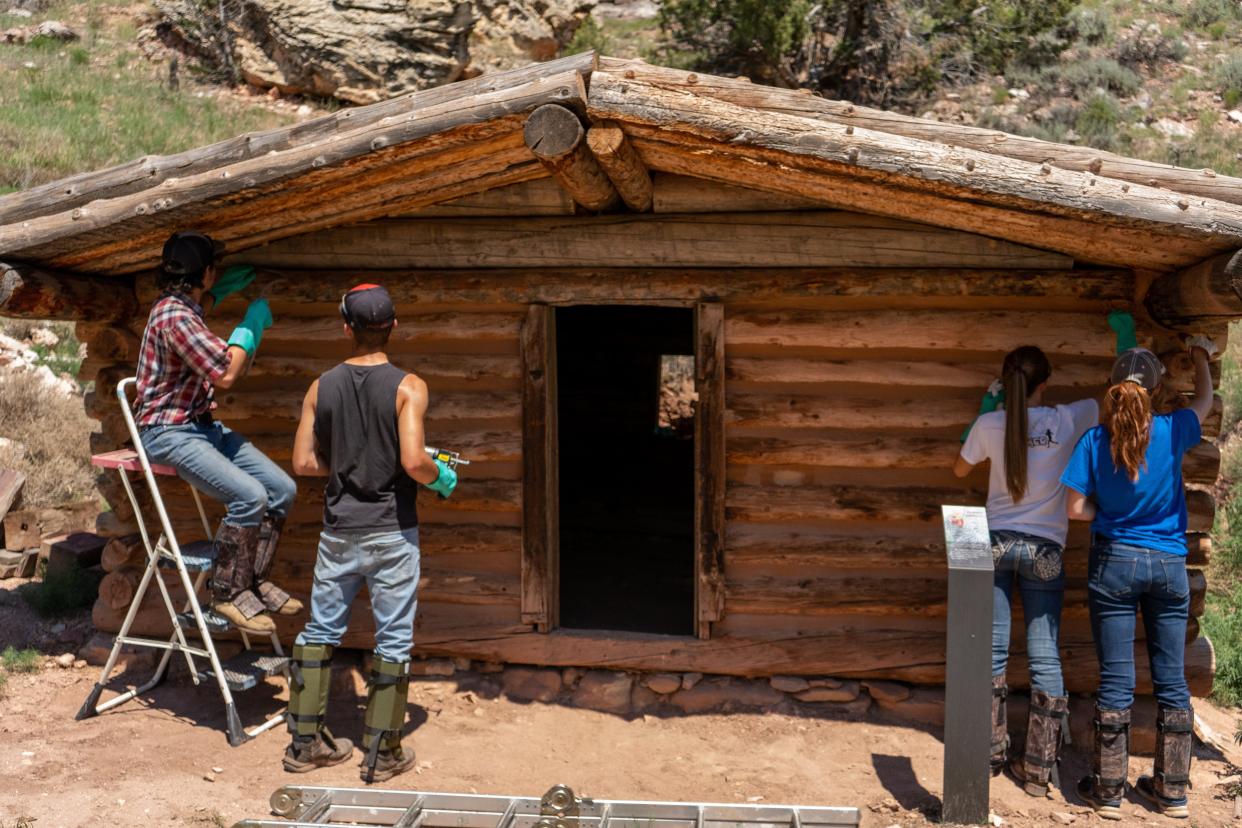
'You never know'
Scheffler knows how quickly a fire can move. In addition to all his other duties, he's a wildland firefighter. He's helped fight wildfires all across the West, but also close to home.
"Typically it's a lightning strike that starts it," he said. "There's also been sparks that get kicked up on the road, people throwing cigarettes out different things like that. ...You never know when or where it's going to pop up."
That's true for a lot of his plans, and that's the way he likes it.
"I do love just the variety of work that I have here," he said. "I'm not big on the mundane, same thing every day."
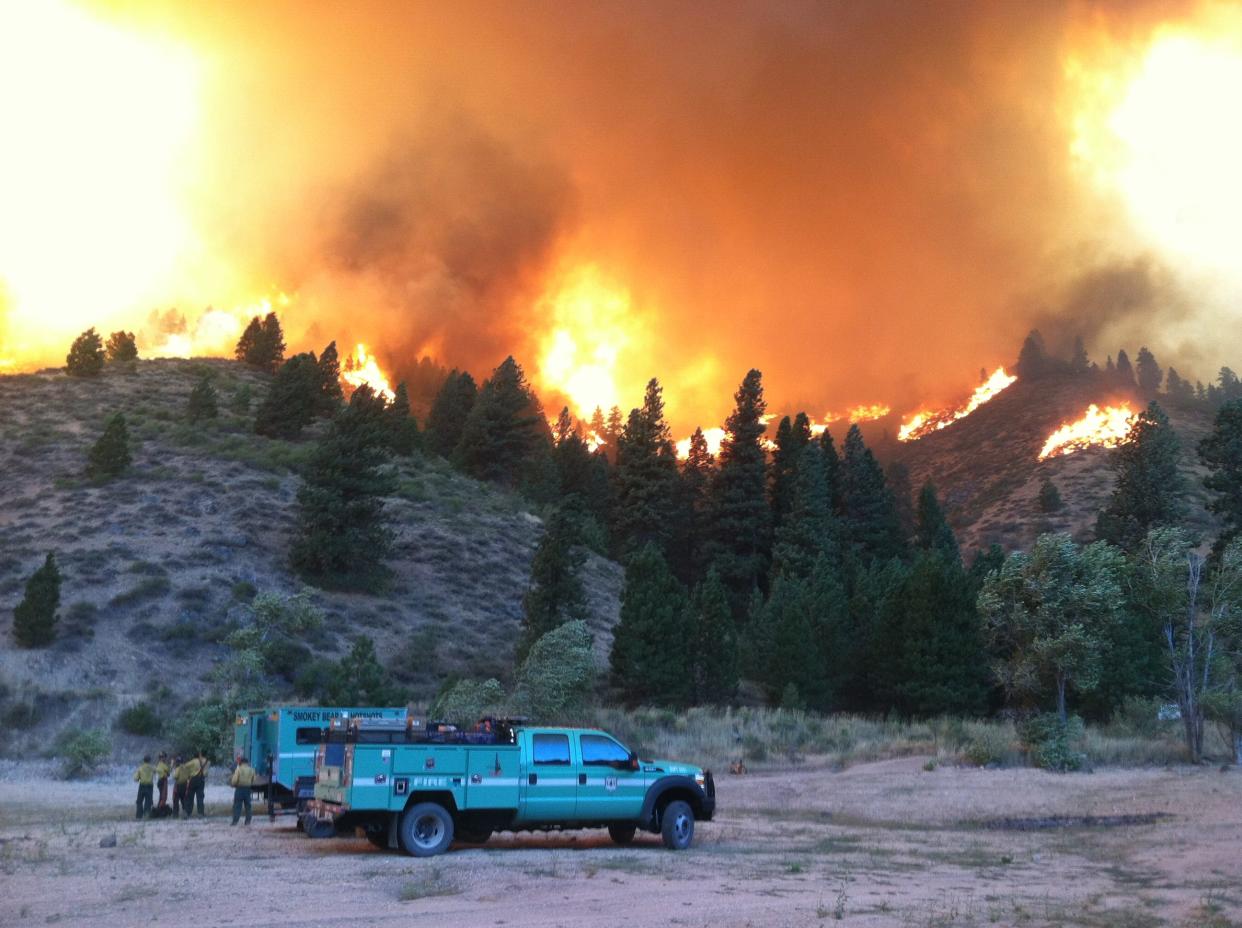
This article originally appeared on USA TODAY: Park ranger explains what he actually does – and it's a lot
